Many of design’s most beloved finds come from humble beginnings. The dhurrie was once considered a poor man’s carpet. Sturdy campaign furniture doubled as luggage for traveling military officers. Depression glassware was inexpensively produced in the 1930s to lift the spirits of struggling Americans.
Ticking stripes, the popular upholstery that’s as at home in a country cottage as it is in a grand estate, comes from similarly rough-hewn origins. First called ticking fabric, it was a thickly woven cotton or linen textile that served as a mattress cover to prevent straw or feathers from poking out. The name comes from the Greek word theka, which translates to “case” or “covering.”
It’s most often made up of thin vertical stripes on a white background, sometimes in degrees of varying thickness to create a repeated pattern. Blue is the most popular stripe color, though you’ll find stripes in red, green, tan, and other hues as well. Many credit American designer Sister Parish for elevating ticking stripes from their utility status in the 1940s, bringing them out of the bedroom and using the fabric for pillows, drapes, and furnishings alike, sometimes pairing with chintz.
Read on to discover our favorite ways to decorate with the ever-versatile fabric.
Shop ticking stripes →
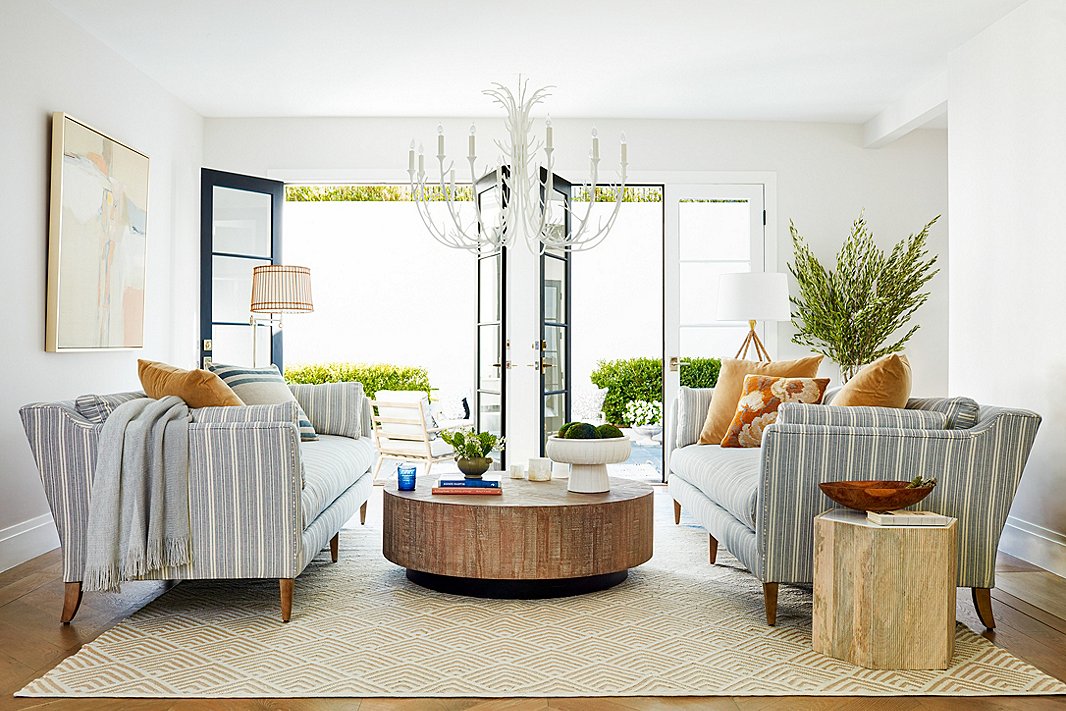
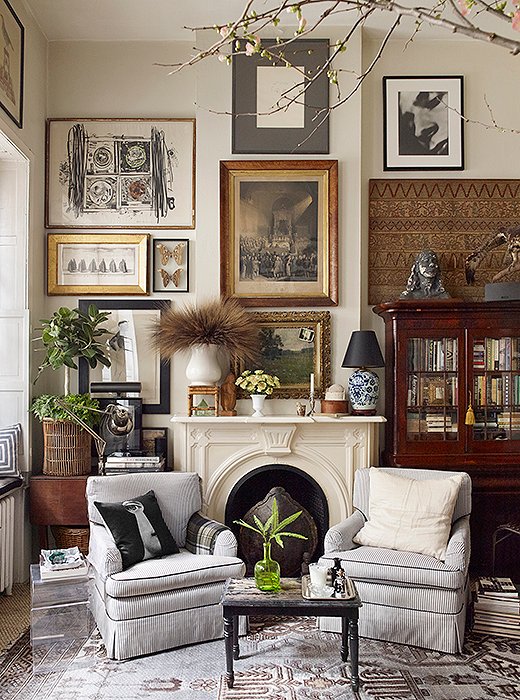
A pair of black-and-white striped club chairs flank the fireplace in subtly chic style. Photo by Ellen McDermott.
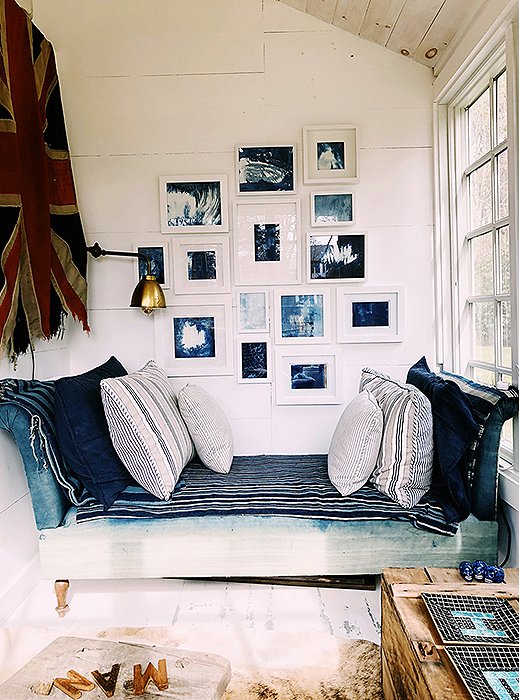
Stripes of varying hues and pattern are always a no-fail combination. Photo by Dean Isidro.
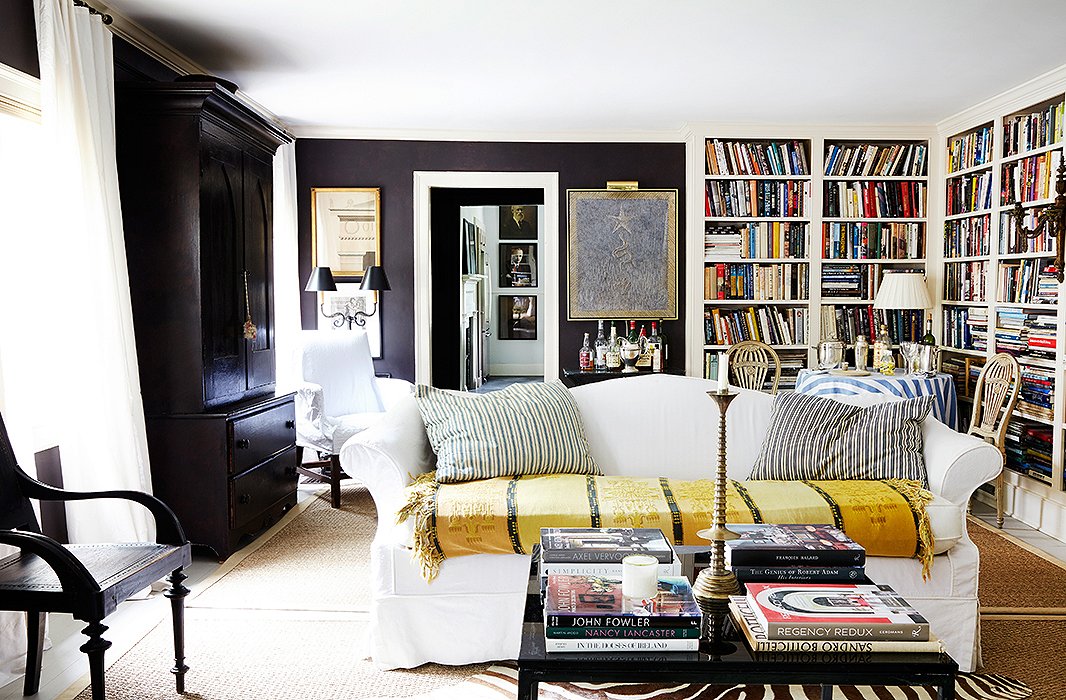
Oversize pillows in two ticking stripe colorways add country charm to a handsome living room. Photo by Pernille Loof.
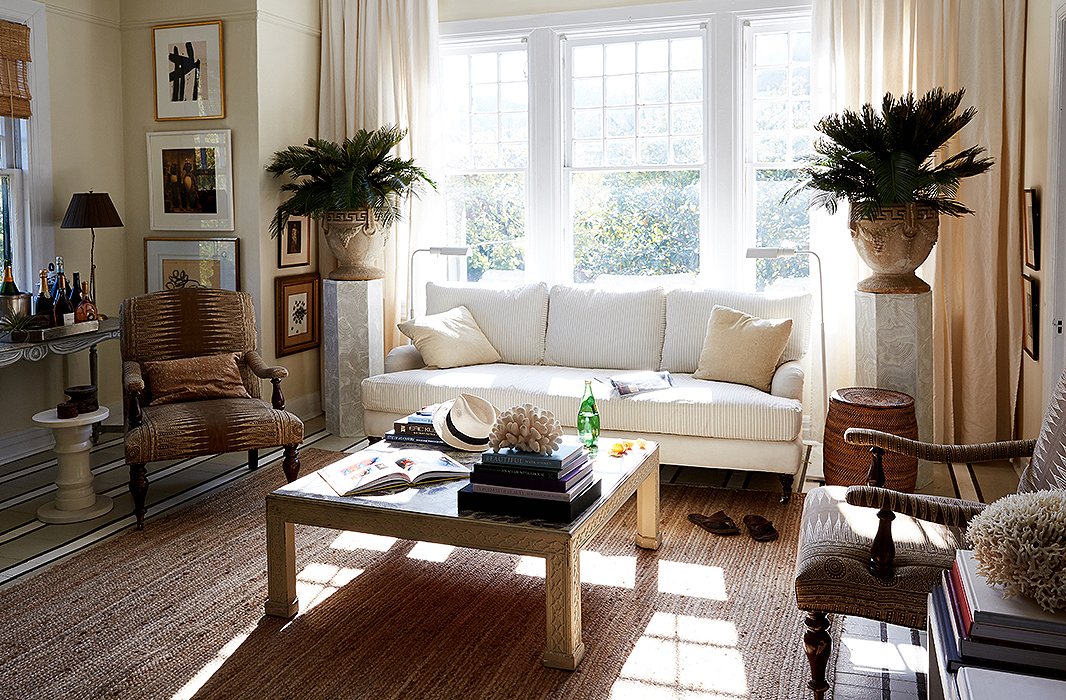
A roll-arm sofa in a crisp tan ticking stripe brings in an extra layer of texture to a neutral-filled space. Photo by Frank Tribble.

Here, a ticking stripe ottoman acts as a neutral—the perfect mate to hide rugs and vintage global throw pillows alike. Photo by Tony Vu.
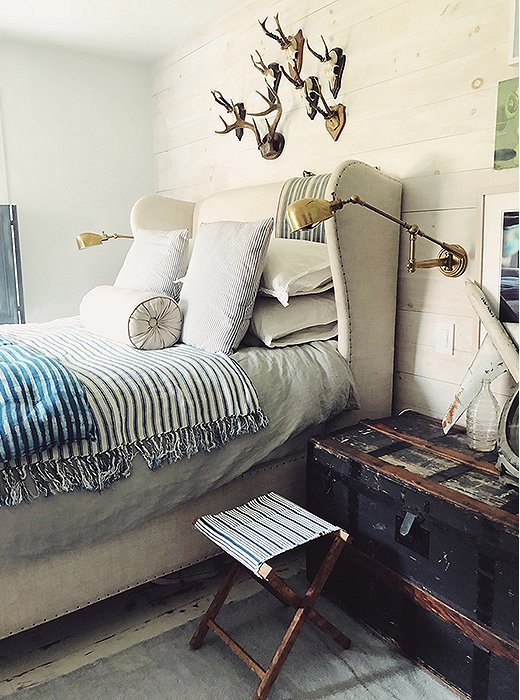
Linen bedding and rustic furniture work well with the relaxed texture of ticking stripe fabric. Photo by Dean Isidro.
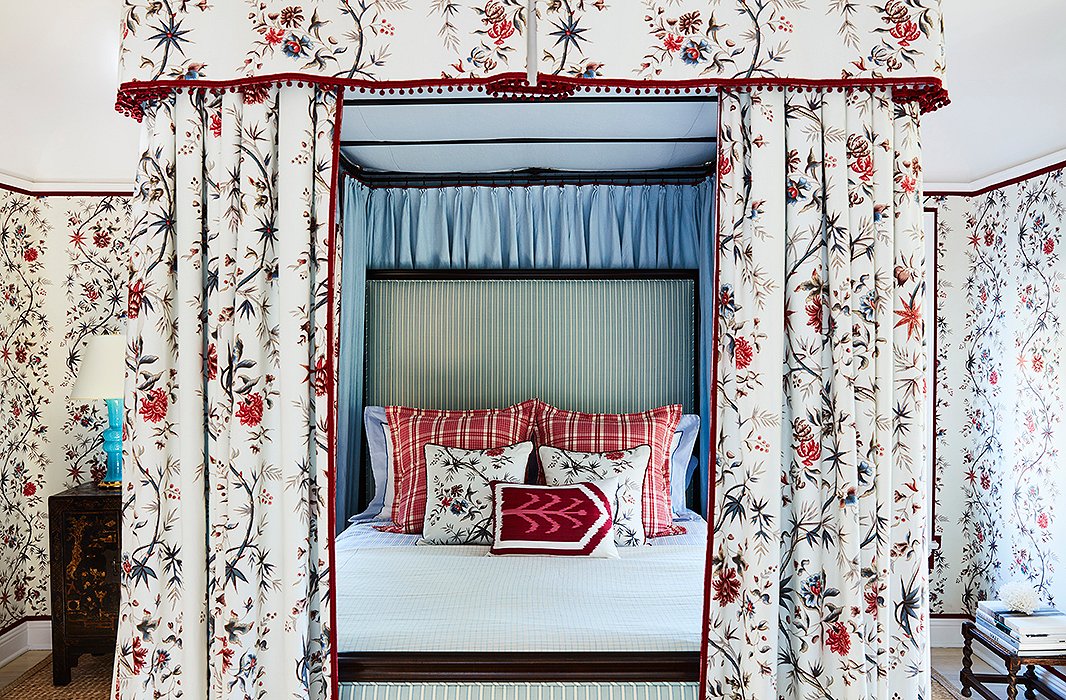
A blue-green stripe serves as a grounding pattern for a bed covered in chintz, plaid, and ikat. Photo by Joe Schmelzer.
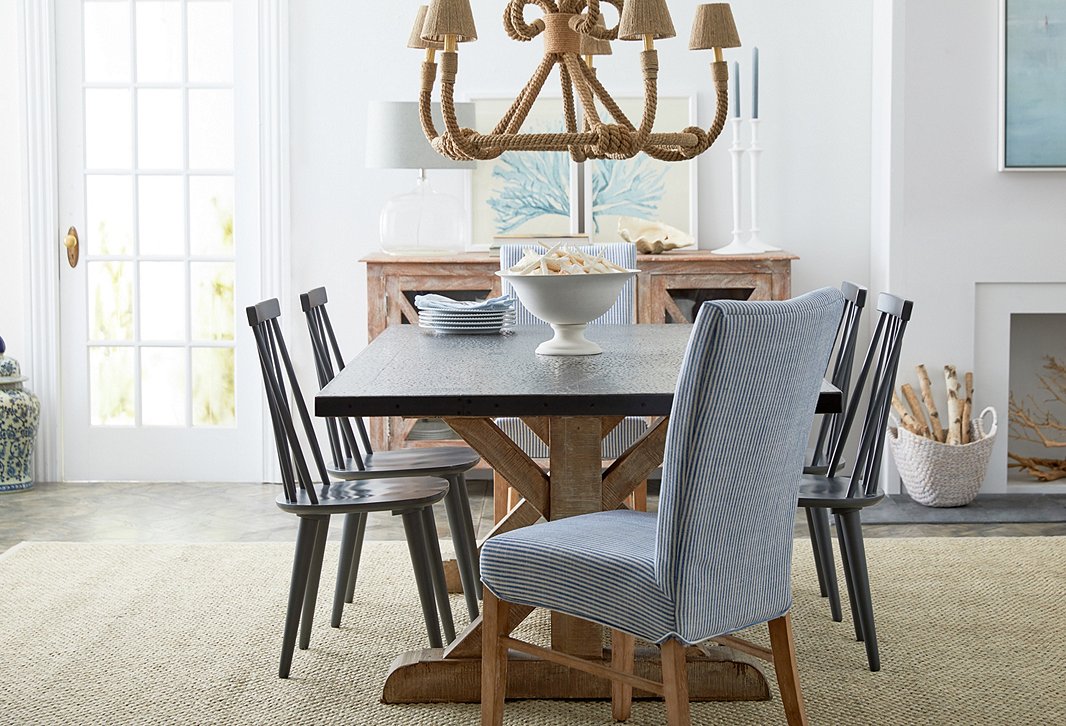
Thin blue ticking stripes are the perfect partner for coastal-inspired accents. Photo by Tony Vu.
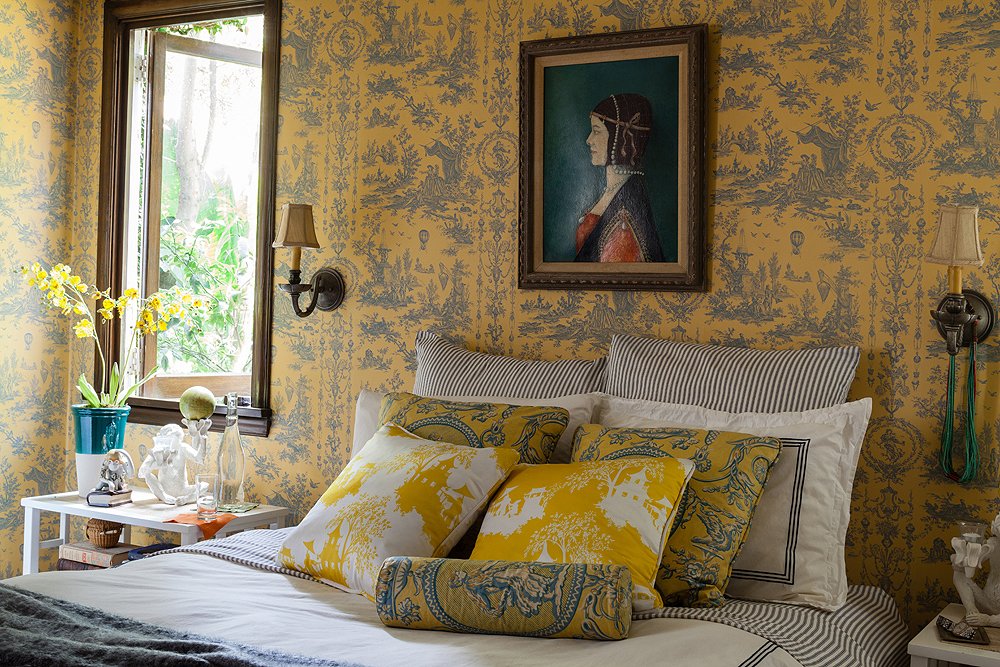
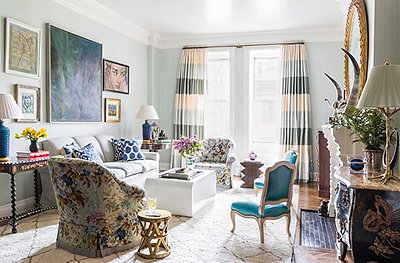
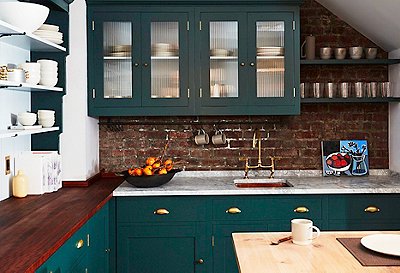
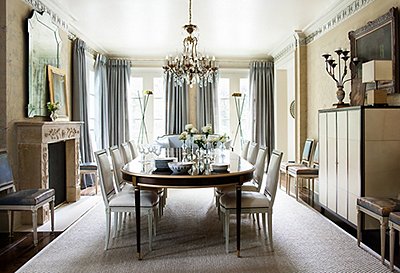
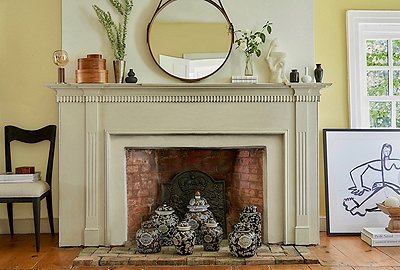
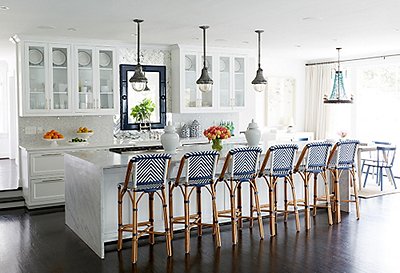
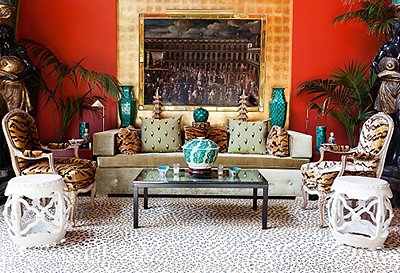
Join the Discussion